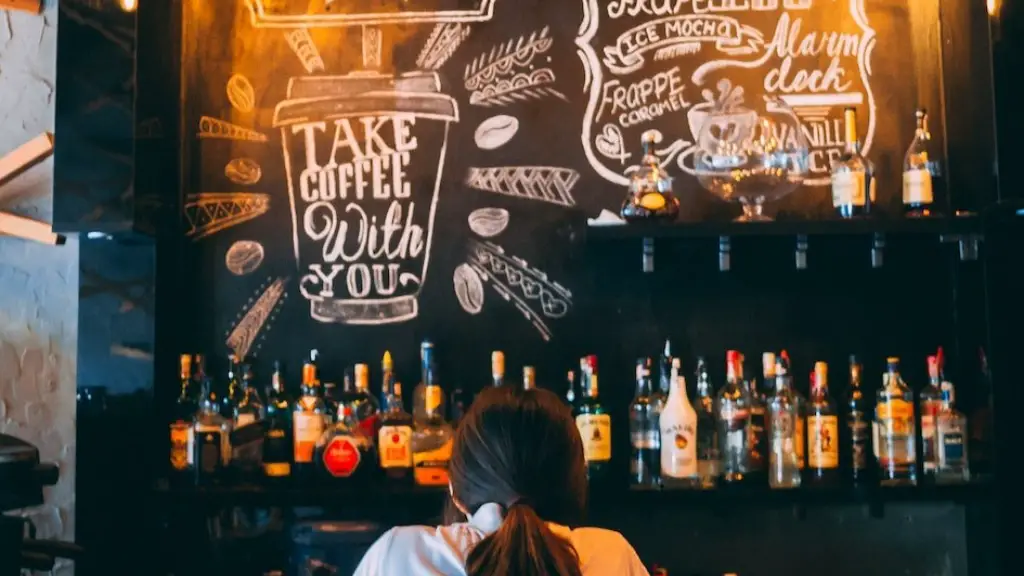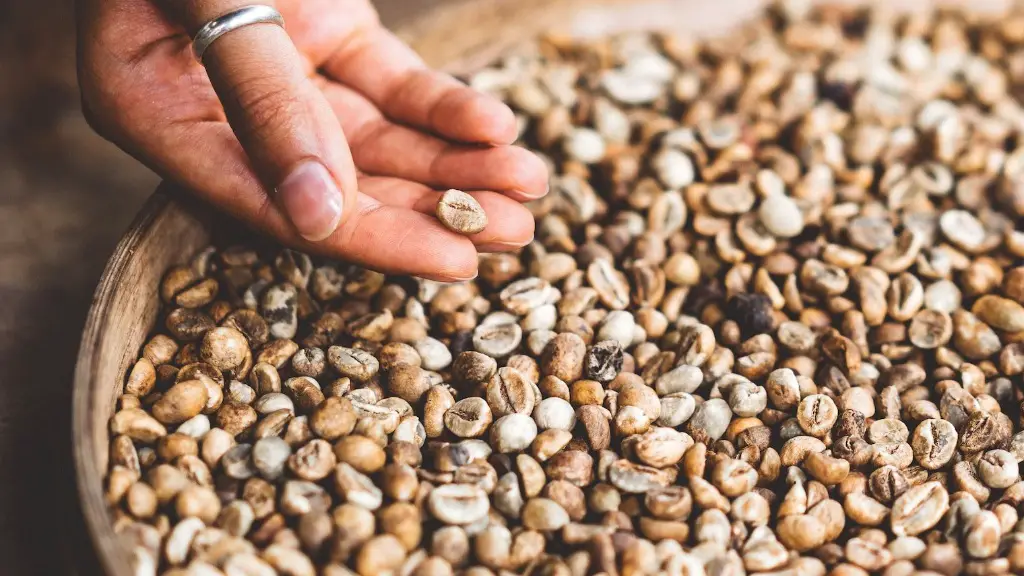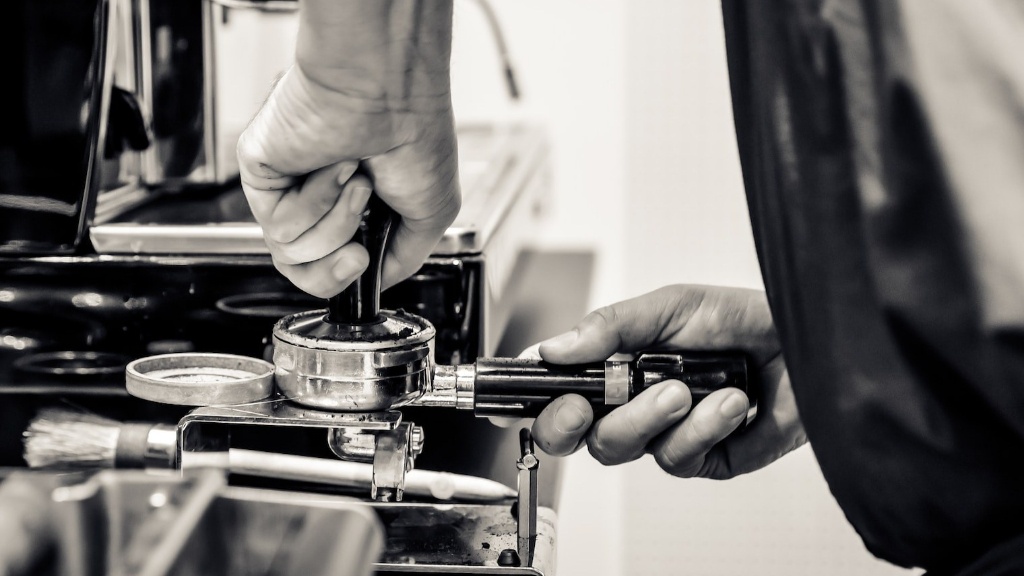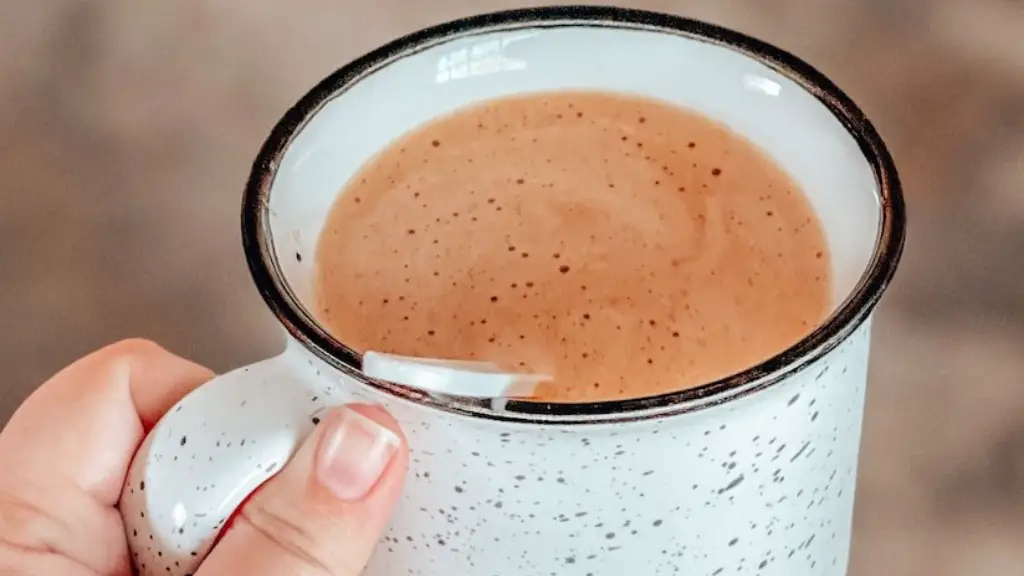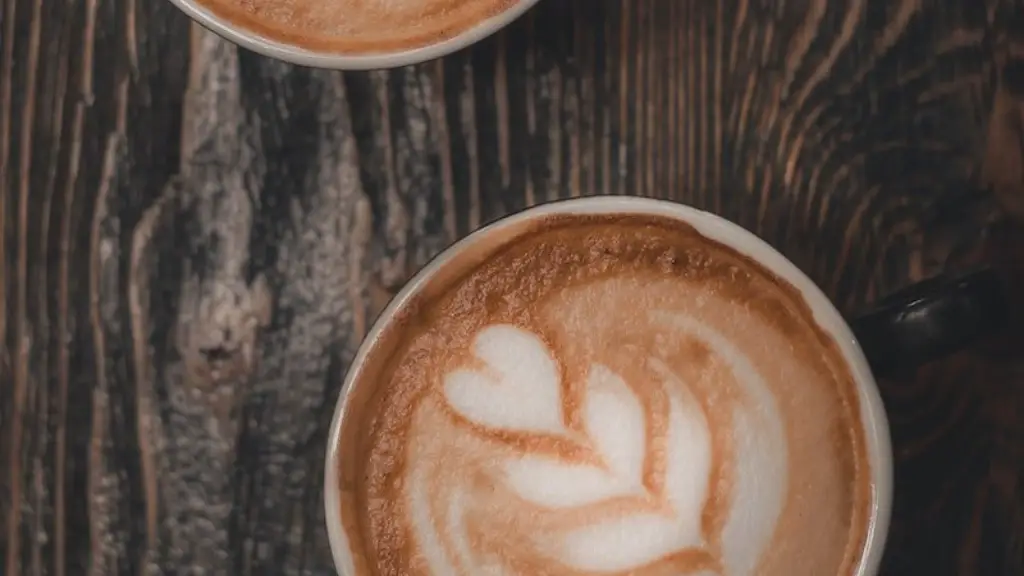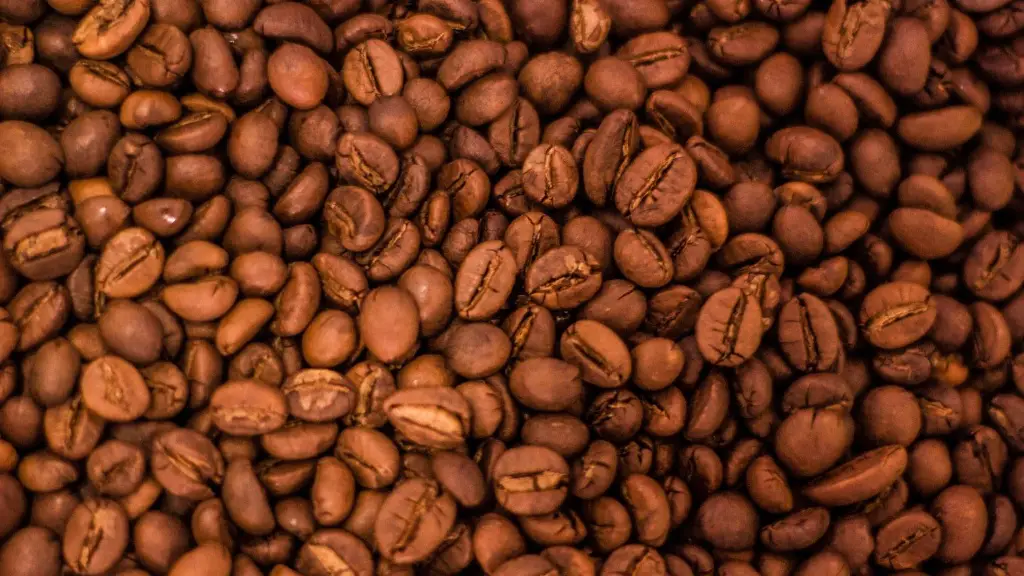There are a few things you need to know when it comes to grinding coffee beans for drip coffee makers. Depending on how your coffee maker works, you may need a different grind of coffee bean. The most important thing is to not over grind the beans, or else you’ll end up with a bitter cup of coffee.
If you’re using a drip coffee maker, you’ll want to use a medium grind. To grind coffee beans for a drip coffee maker, you’ll need to use a coffee grinder. Place the beans in the grinder, and pulse the grinder until the beans are the desired grind.
What grind should I use for a drip coffee maker?
If you want to make the perfect cup of coffee, you need to find the perfect grind. Too fine a grind will plug up your coffee machine and leave you with sludge in your final cup. Too coarse a grind will mean less extraction (so your coffee will taste weak). A nice, medium grind is usually perfect for a drip coffee pot.
When grinding coffee beans, the general rule of thumb is to grind for about 30 seconds for drip coffee and 10-15 seconds for espresso. This will ensure that the coffee is properly ground and will produce the desired flavor.
What number should I grind my coffee beans
When it comes to coffee, there is no one-size-fits-all grind. The grind you use should be based on your personal preferences. If you find that your coffee is too sour, try using a finer grind next time. If it’s too bitter, try using a coarser grind. You may also need to adjust your brew time slightly. Experiment until you find the perfect combination for your taste buds!
If you’re using a drip coffee maker, it’s best to use a medium grind. This will ensure that your coffee tastes its best. To make your coffee, add the ground coffee to the filter basket and ensure that the water reservoir contains enough water.
Does grind size matter for drip coffee?
Getting your grind size right is important for brewing coffee. It is a key factor that determines the quality of your cup. Get it wrong, and your coffee will be over- or underextracted. This will impact the taste of your coffee.
If you want to make the best cup of coffee possible, you need to find the proper balance between the grind and the contact time. If the grind is too coarse or the contact time is too short, the coffee will turn out weak. If the contact time is too high or the grind is too fine, it will result in an over-extracted brew which can be bitter. Finding the right balance between the two will help you produce the best cup of coffee possible.
How much coffee do I grind for 4 cups?
If you want to brew coffee for yourself or for a group of friends, you can use this table to figure out how much coffee you need. Simply scale up the ratio calculation we did before. For example, if one cup takes 83g of coffee grounds, then four cups would need 332g.
When making coffee, the general rule of thumb is to use about 15-2 tablespoons of coffee per cup. Depending on how strong you like your coffee, you may want to use anywhere from 12-18 tablespoons of coffee. When scooping the coffee into the filter, make sure that it is at least one centimeter deep. Adding more than 1 1/2 cups of coffee grounds to the filter can make the coffee taste bitter.
How many coffee beans should I grind for 8 cups of coffee
Are you looking for the perfect amount of coffee to brew? We have you covered! For this brew, we measured 7 Tablespoons or ~40 grams of light roasted, whole bean coffee (1 Tablespoon ≈ 6 grams). For making 6 cups, we recommend 10 Tablespoons or ~ 60 grams of coffee. For making 8 cups, we think 14 Tablespoons or ~80 grams of coffee is a good starting point.
When grinding spices and herbs, it is best to use a mortar and pestle to get a consistent medium-fine to fine grind. This will take a little time and elbow grease, but you should get excellent results. You can also use a food processor to pulse the beans to your desired texture. For more consistent results, try blitzing a scant 1/2 cup of whole beans at a time.
What is the perfect coffee grind?
For pour over coffee, the best grind to use is a medium-coarse grind. A medium-coarse grind will be similar in size to a French press grind but less chunky and will feel slightly smoother. If you are using a cone-shaped pour over, then use a medium-fine coffee grind instead.
Coffee grounds that are too fine can result in over-extraction, which will make your coffee taste bitter. The grind size for drip coffee makers and pour-over brewers should be medium, like sea salt. There will be a lot of minute differences between the size of your grinds for different drip coffee makers and pour-over brewers, so it is important to experiment to find the grind size that works best for you.
Why does drip coffee taste different
Pour overs tend to have more flavor than regular drip coffee because the brewing process typically takes longer. This is because the water has more time to pull the flavors and oils from the grounds. The longer brewing time also allows for more of the coffee’s natural flavors to come through, resulting in a more vibrant taste.
The standard ratio for brewing coffee is 1-2 tablespoons of ground coffee per 6 ounces of water – 1 tablespoon for lighter coffee and 2 for stronger coffee. That 6-ounce measure is equivalent to one “cup” in a standard coffeemaker, but keep in mind that the standard mug size is closer to 12 ounces or larger. If you’re making coffee for a large group, you’ll want to adjust the ratio accordingly.
Why is drip coffee better?
Drip coffee is made by pouring hot water over coffee grounds that are held in a filter. The water seeps through the coffee grounds, and the coffee is collected in a pot or carafe below.
Drip coffee usually has a clean body with a rounded, simple flavor profile. Compared to a shot of espresso, it’s far less intense because it’s far less concentrated. For example, if you’re using the golden ratios, it takes roughly 16g of coffee beans to brew a regular-sized mug of drip coffee.
Drip coffee is a great option if you want a cup of coffee that is not too strong or overwhelming. It’s also a good choice if you’re looking for a coffee that is easy to make.
When grinding coffee beans, it is important to find the right balance in order to get the best possible flavor. If the beans are ground too coarsely, the flavor compounds may not dissolve properly, resulting in a flat or sour-tasting coffee. However, if the beans are ground too finely, the coffee may become over-extracted and bitter. The best way to avoid these problems is to experiment with different grind sizes until you find the one that works best for you.
Does a finer grind make stronger coffee
This is a great topic to discuss with coffee aficionados! The more finely ground the beans, the more caffeine is released into the water So it’s safe to say that when it comes to caffeination, a finer grind does result in stronger coffee, while a coarser grind will always brew a weaker cup.
The best grind size for drip coffee is a medium grind that allows gravity to pull water through the coffee. This is the same grind size for brewing methods like pour-over, siphon and vacuum brewing.
Warp Up
To grind coffee beans for drip coffee maker, you will need to use a coffee grinder. You can either use a manual coffee grinder or an electric coffee grinder. If you are using a manual coffee grinder, you will need to put the coffee beans in the grinder and then turn the handle to grind the beans. If you are using an electric coffee grinder, you will need to put the coffee beans in the grinder and then press the button to start grinding the beans.
If you want to make drip coffee, you’ll need to grind your coffee beans first. The grind you’ll need depends on your coffee maker. For most drip coffee makers, you’ll want to use a medium grind. This ensures that the water can extract the flavor from the beans without over-extracting and making the coffee bitter.
